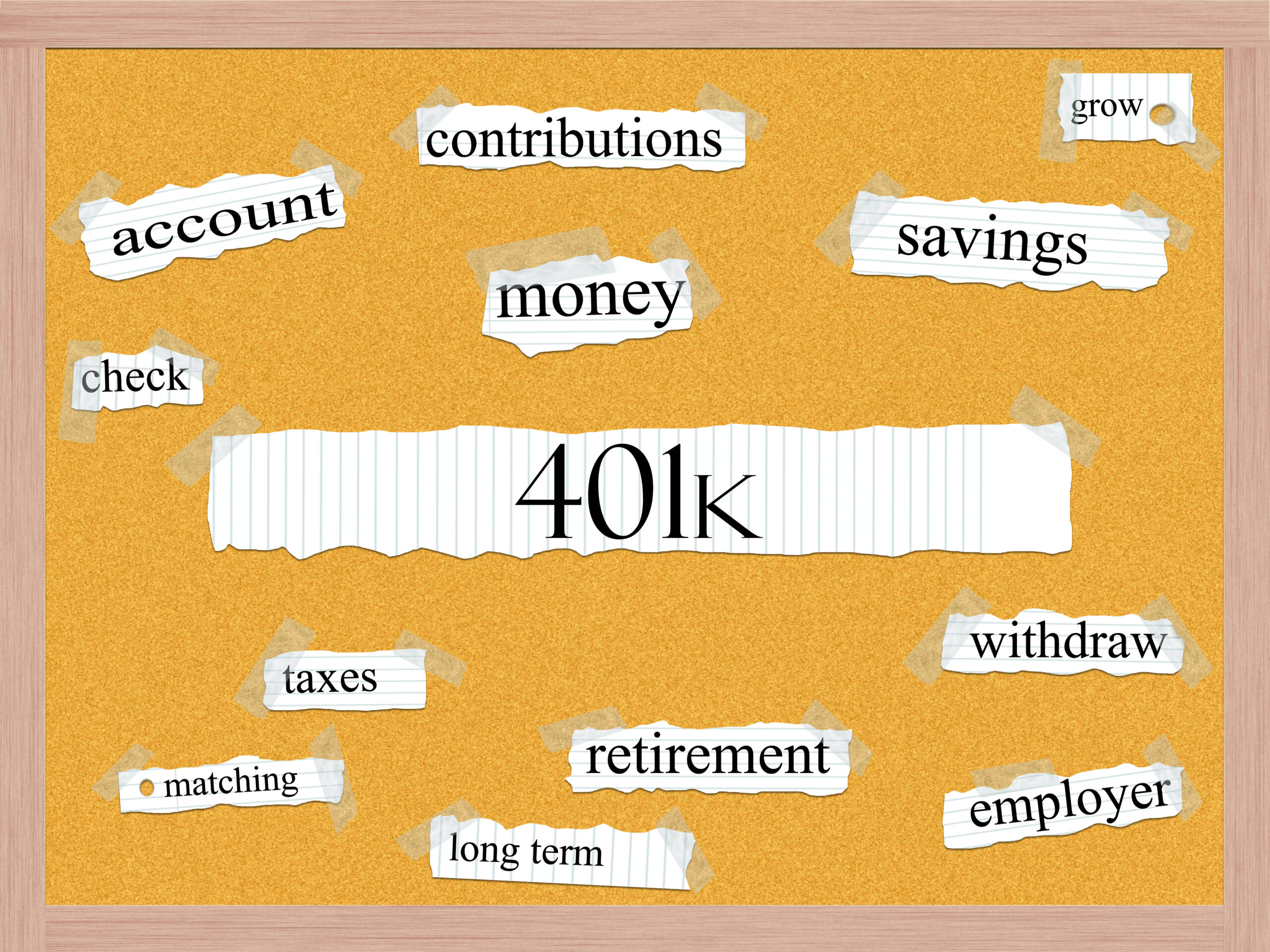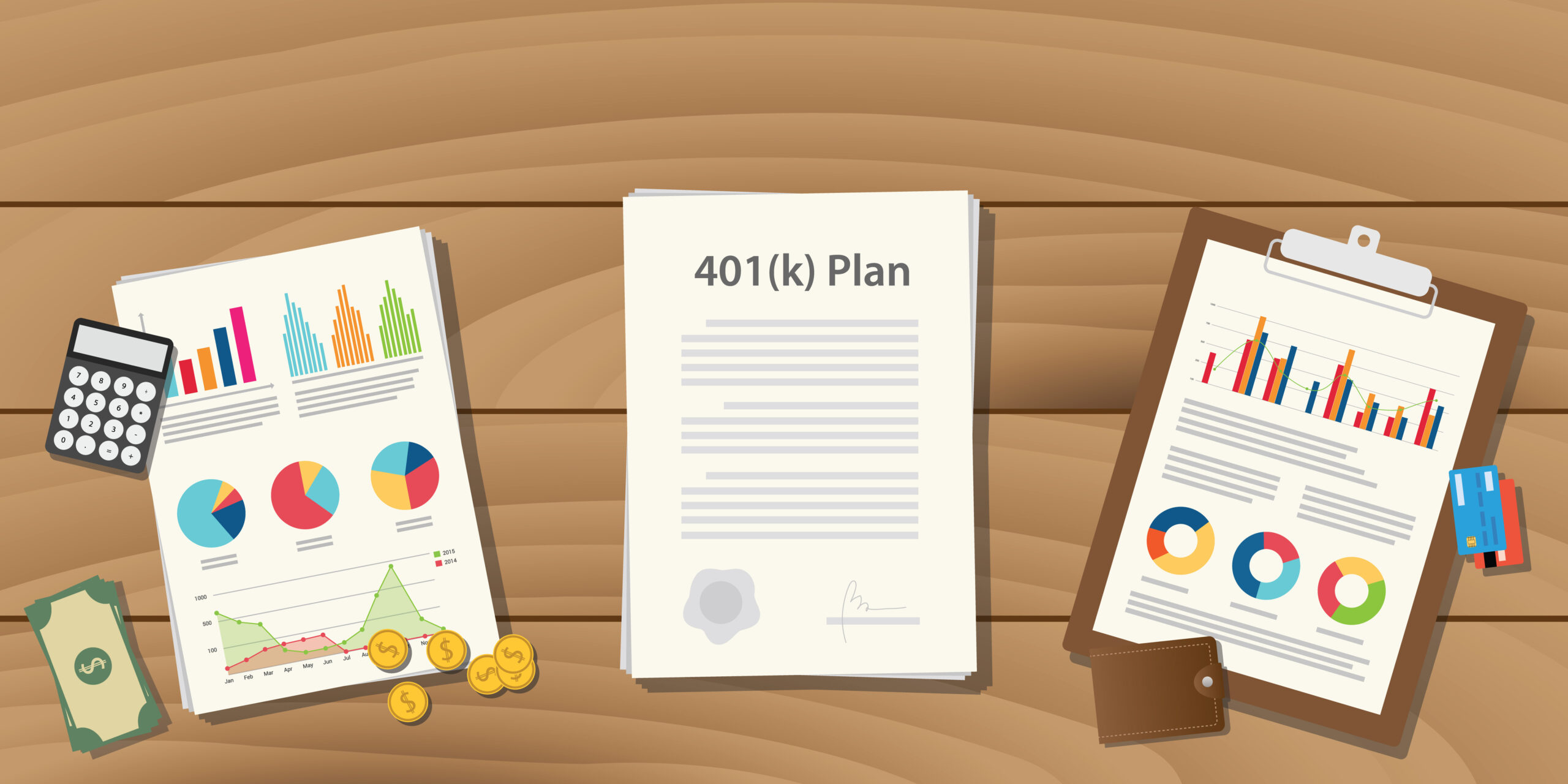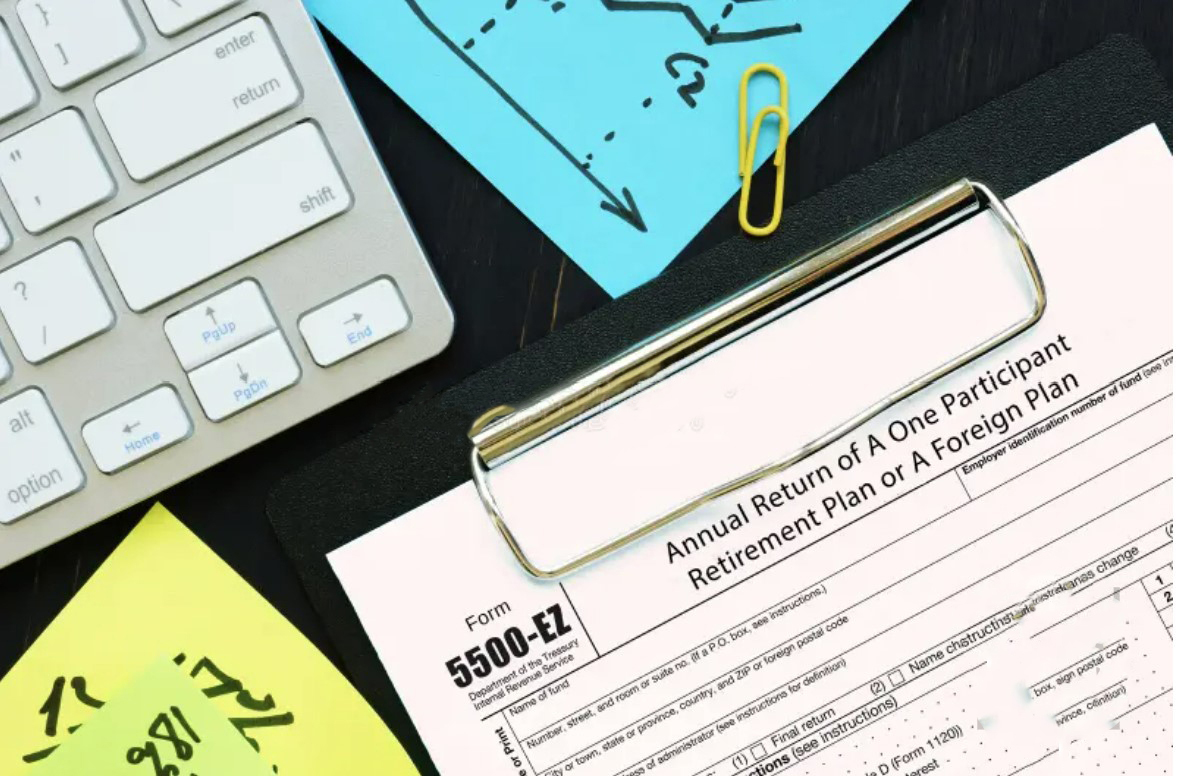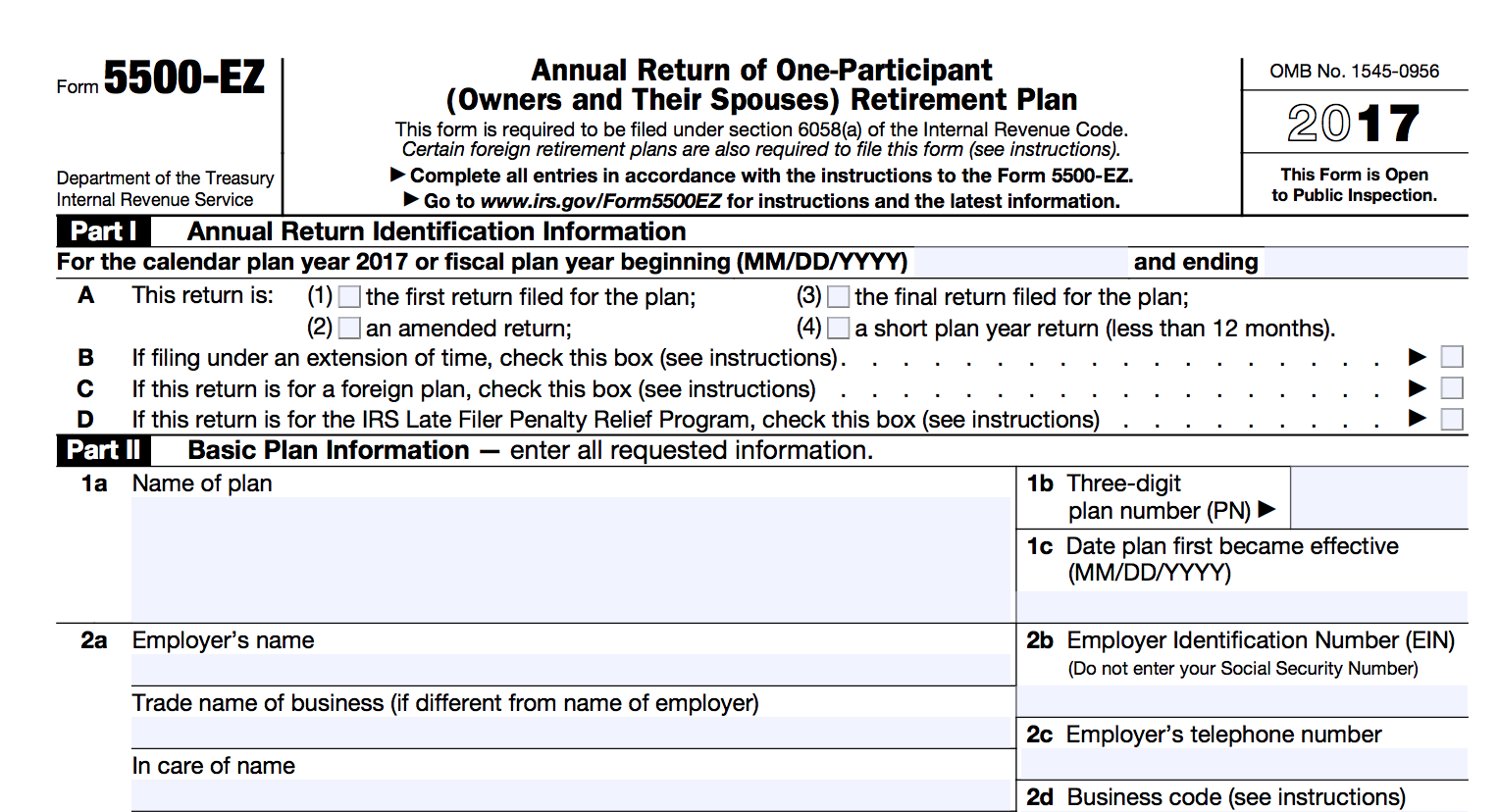Understanding the benefits and drawbacks of Traditional 401(k), Roth 401(k), and Safe Harbor 401(k) plans can be confusing. In this article, we will help you determine which type is best suited for your business needs and goals.
Below, we have itemized the benefits and drawbacks for employers and employees of Traditional 401(k)s, Roth 401(k)s, and Safe Harbor 401(k)s.
Our team at Saveday can help you navigate the complexity of both types of plans, especially when it comes to compliance and managing complexity. We have also marked the areas where we offer value-add with the following icon on the key points
Traditional 401(k) Plan
A Traditional 401(k) is an employer-sponsored retirement savings plan allowing employees to contribute a portion of their pre-tax salary into a qualified retirement account. This account meets IRS requirements for tax benefits, letting contributions grow tax-deferred until withdrawal. Employers often match employee contributions.
Contributions are invested in various options (e.g., stocks, bonds, mutual funds, and ETFs) designed to grow savings over time. Taxes on contributions and investment gains are deferred until the money is withdrawn.
Benefits to a Business
Here are the benefits to businesses for Traditional 401(k)s:
- Tax Advantages: Employer contributions are tax-deductible, reducing the company’s overall taxable income and leading to significant tax savings.
- Employee Satisfaction: Supporting employees’ retirement savings can help them feel more secure about their financial future, enhancing job satisfaction and productivity.
- Flexibility: A Traditional 401(k) plan can be designed to fit a business’s specific needs, including vesting schedules, contribution levels, and investment options.
Benefits to Employees
Here are the benefits to employees for Traditional 401(k)s:
- Tax Deferral: Contributions are made with pre-tax dollars, reducing the employee’s annual taxable income.
- Employer Matching: Many businesses offer matching contributions, meaning they will match the employee’s contributions to a certain percentage of their salary. (Subject to IRS limits).
- Investment Growth: Funds grow tax-deferred, meaning employees do not pay taxes on investment gains until they withdraw the money.
- Annual nondiscrimination testing: Ensures the plan benefits all employees equitably and complies with IRS rules.
Drawbacks for Businesses
Here are the drawbacks for businesses of Traditional 401(k)s. Our team at Saveday can help you navigate these issues, especially when it comes to compliance and complexity:
- Administrative Costs: These are common to all 401(k) plans but may be higher for Traditional 401(k)s due to specific regulatory requirements. Note that Saveday rates are the same for all plan types.
- Nondiscrimination Testing: Particularly relevant to Traditional 401(k)s to ensure benefits are fairly distributed among all employees.
- Pre-Tax Contributions: This feature can complicate tax planning for the business and necessitates precise payroll handling to ensure compliance with IRS regulations. Note that Saveday integrates with most major payroll services, so this won’t be an issue for our clients.
- Mandatory Withdrawals: Required Minimum Distributions (RMDs) from Traditional 401(k)s can create additional administrative tracking and management responsibilities for employers.
Drawbacks for Employees
Here are the drawbacks for employees for Traditional 401(k)s:
- Early Withdrawal Penalties: Withdrawals made before age 59½ are subject to a 10 percent penalty in addition to regular income taxes.
- Required Minimum Distributions (RMDs): Employees must start taking distributions at age 72, which are taxed as ordinary income and can impact retirement planning.
- Investment Risks: The value of a 401(k) can fluctuate with the market, and market downturns and sub-optimal investment choices can significantly reduce the account balance.
- Limited Investment Options: Employees are typically limited to the investment options provided by the plan.
Roth 401(k) Plan
A Roth 401(k) is a retirement savings plan that combines features of a Traditional 401(k) and a Roth IRA. Contributions are made with after-tax dollars, meaning taxes are paid upfront on contributions, but qualified withdrawals in retirement are tax-free.
Many businesses allow employees to contribute to both a Roth 401(k) and a Traditional 401(k) (subject to IRS contribution limits).
Benefits to a Business
Here are the benefits to a business when it comes to Roth 401(k)s:
- Attracting Talent: Specifically appeals to prospective employees who prefer the tax-free withdrawal feature of Roth 401(k)s at retirement.
- Pre-Tax Contributions: This feature can complicate tax planning for the business and necessitates precise payroll handling to ensure compliance with IRS regulations. Note that Saveday integrates with most major payroll services, so this won’t be an issue for our clients.
- Enhanced Employee Benefits: Demonstrates a commitment to offering diverse and flexible retirement savings options, which is specific to the inclusion of Roth 401(k)s.
- Tax Diversification for Employees: Allows employees to choose between pre-tax and after-tax contributions, offering a unique benefit not available with only Traditional 401(k)s.
- No Required Minimum Distributions (RMDs) for Employees: Once rolled over into a Roth IRA, Roth 401(k) accounts do not have RMDs, making this a unique selling point compared to Traditional 401(k)s.
Benefits to Employees
Here are the benefits to employees when it comes to Roth 401(k)s:
- No Income Limits: Unlike a Roth IRA, the primary benefit of Roth 401(k) contributions is that they have no income limits, making it accessible to high-income earners, whereas Traditional 401(k)s are also accessible to all income levels but offer no post-tax contribution benefits.
- Tax-Free Withdrawals: Qualified withdrawals in retirement are tax-free, benefiting employees who expect to be in a higher tax bracket when they retire, unlike Traditional 401(k)s which are taxed upon withdrawal.
- Higher Contribution Limits: Roth IRA, enabling employees to save more for retirement, similar to Traditional 401(k)s but with the added benefit of tax-free withdrawals in retirement.
Drawbacks for Businesses
Here are the drawbacks for businesses specific to Roth 401(k)s. Our team at Saveday can help you navigate these issues, especially when it comes to compliance and complexity:
- Employee Education Burden: Employers may need to invest more in educating employees about the benefits and differences of Roth 401(k)s, increasing the workload and costs for HR departments.
- Complex Contribution Tracking: Tracking after-tax contributions separately from pre-tax contributions requires more detailed record-keeping and can increase administrative complexity. This is especially an issue if a company offers both Roth and 401(K) programs. This drawback is eliminated for Saveday clients.
Drawbacks for Employees
Here are the drawbacks for employees when it comes to Roth 401(k)s:
- After-Tax Contributions: Contributions are made with after-tax dollars, meaning employees do not get an immediate tax break on their contributions.
- Required Minimum Distributions: Subject to RMDs starting at age 72 (unlike Roth IRAs).
- Potential for Misunderstanding: Employees might misunderstand the differences between Roth and Traditional 401(k) contributions, which can lead to less favorable retirement planning decisions, such as:
- Tax Implications: Employees may not realize that Roth 401(k) contributions are made with after-tax dollars, potentially leading them to expect a higher take-home pay than they receive.
- Contribution Limits: Misunderstanding the contribution limits could result in employees not maximizing their retirement savings potential or inadvertently exceeding contribution limits, leading to penalties.
- Withdrawal Rules: Employees might not understand that qualified withdrawals from Roth 401(k)s are tax-free, which could lead them to make suboptimal decisions about when and how much to withdraw, impacting their retirement income.
- Financial Planning: Poor understanding of how Roth 401(k) fits into their overall financial strategy could result in employees not taking full advantage of the tax diversification benefits, potentially leading to higher tax liabilities in retirement.
Safe Harbor 401(k) Plan
A Safe Harbor 401(k) is a type of retirement plan that includes mandatory employer contributions that are immediately vested. It is designed to pass the IRS nondiscrimination tests automatically, which ensures that the plan benefits highly compensated employees (HCEs) and non-highly compensated employees (NHCEs) equitably.
Employers can implement these plans independently or add Safe Harbor provisions to Traditional or Roth 401(k) plans.
Benefits to a Business
Here are the benefits to a business when it comes to Safe Harbor 401(k)s:
- Avoid Nondiscrimination Testing: Automatically satisfy IRS nondiscrimination testing requirements, reducing administrative burdens and ensuring compliance.
- Attracting Talent: This can be attractive to potential employees, particularly those who value immediate vesting of employer contributions.
- Simplified Administration: Automatic compliance with IRS testing simplifies plan administration, reducing the risk of corrective actions or penalties.
- Predictable Costs: Employer contributions are predefined, allowing businesses to plan and budget more effectively for these costs.
Benefits to Employees
Here are the benefits to employees when it comes to Safe Harbor 401(k)s:
- Owner-operator: Allows business owners to make larger contributions than Tradition or Roth 401(k)s without triggering nondiscrimination testing, thereby maximizing their personal contributions.
- Immediate Vesting: Employer contributions are immediately vested, meaning employees have full ownership of these funds as soon as they are contributed.
- Guaranteed Employer Contributions: Guaranteed employer contributions enhance employees’ retirement savings, providing a more secure financial future.
- Simplified Plan Design: Employees benefit from a straightforward plan structure with clear benefits, making it easier to understand and appreciate the plan’s value.
Drawbacks for Businesses
Here are the drawbacks to a business when it comes to Safe Harbor 401(k)s:
- Cost: Mandatory contributions can be more costly for employers than discretionary contributions in a Traditional 401(k) plan.
- Lack of Flexibility: The predefined contribution structure limits employers’ ability to adjust contributions based on business performance or other factors.
- Administrative Burden: Requires more careful administration and adherence to specific rules and deadlines than Traditional or Roth 401(k). Working with a company like Saveday can help remedy this challenge.
Drawbacks for Employees
Here are the drawbacks to employees when it comes to Safe Harbor 401(k)s:
- Lower Immediate Tax Break: Since Dec. 30, 2022, the SECURE Act 2.0 allows participants in 401(k), 403(b) and governmental 457(b) plans to designate employer matching contributions, including those on qualified student loan repayments, and nonelective contributions as Roth contributions. These contributions, now termed “designated Roth matching contributions” and “designated Roth nonelective contributions,” will be considered taxable income each year. While contributions to Roth 401(k) plans are subject to the employee’s current tax rate, this can be a drawback compared to Traditional 401(k) plans where contributions are made pre-tax.
- Required minimum distributions: Subject to RMDs starting at age 72, which can impact retirement planning.
Adding Safe Harbor provisions to a Traditional 401(k) and/or Roth 401(k)
Businesses may choose to integrate Safe Harbor provisions into Traditional and Roth 401(k) plans. This enables employers to simplify compliance with IRS nondiscrimination testing, provide employee benefits through immediate vesting and employer contributions, and offer their workforce greater flexibility and tax advantages.
The steps for adding Safe Harbor provisions to existing 401(k) plans include:
- Plan Amendment:
- Amend the existing 401(k) documents to include Safe Harbor provisions. Coordinate with a plan administrator like Saveday to ensure the amendments meet legal requirements.
- Amend the existing 401(k) documents to include Safe Harbor provisions. Coordinate with a plan administrator like Saveday to ensure the amendments meet legal requirements.
- Choose Safe Harbor Contribution Method:
- Matching Contributions: Typically, 100 percent of the first 3 percent of employee contributions and 50 percent of the next 2 percent.
- Non-Elective Contributions: At least 3 percent of each eligible employee’s compensation, regardless of employee contributions.
- Immediate Vesting:
- Ensure that all Safe Harbor contributions are immediately 100 percent vested.
- Ensure that all Safe Harbor contributions are immediately 100 percent vested.
- Employee Notice Requirements:
- Provide eligible employees with a Safe Harbor notice at least 30 to 90 days before the plan year begins. This should detail the Safe Harbor contributions, allocation, and employees’ rights and obligations under the plan. If an employee becomes eligible for a 401(k) or 401(m) plan after the 90th day before the plan year begins, the employer must provide notice to the employee within 90 days before eligibility and no later than the eligibility date. This rule also applies to the first plan year of a new 401(k) plan. If the plan uses a Safe Harbor match contribution, the notice must be provided 30–90 days before the start of each plan year.
- Provide eligible employees with a Safe Harbor notice at least 30 to 90 days before the plan year begins. This should detail the Safe Harbor contributions, allocation, and employees’ rights and obligations under the plan. If an employee becomes eligible for a 401(k) or 401(m) plan after the 90th day before the plan year begins, the employer must provide notice to the employee within 90 days before eligibility and no later than the eligibility date. This rule also applies to the first plan year of a new 401(k) plan. If the plan uses a Safe Harbor match contribution, the notice must be provided 30–90 days before the start of each plan year.
- Implementation of Contributions:
- Traditional 401(k): For pre-tax contributions, update the plan documents to include the Safe Harbor contribution method and make the required employer contributions.
- Roth 401(k): Ensure the plan documents specify that the Safe Harbor provisions apply to traditional pre-tax and Roth after-tax accounts. Allow employees to make after-tax contributions to their Roth 401(k) accounts while benefiting from the Safe Harbor employer contributions.
- Ongoing Administration:
- Ensure ongoing compliance with Safe Harbor rules, including making the required contributions, providing annual notices to employees, and maintaining accurate records of contributions and vesting.
- Review the plan annually to ensure it continues to meet Safe Harbor requirements.
How to Choose a 401(k) Plan Type
Choosing the best 401(k) plan type for your business depends on various factors, including employee demographics, tax considerations, and administrative preferences. These considerations are discussed below.
When is a Traditional 401(k) right for the business?
A Traditional 401(k) is ideal for businesses seeking to minimize initial setup and maintenance costs while retaining flexibility in employer contributions. It suits workforces that appreciate the pre-tax savings and potential for future tax-deferred growth.
However, a business must be prepared to handle the administrative complexities and costs of completing IRS nondiscrimination testing to ensure the plan benefits both highly compensated employees (HCEs) and non-highly compensated employees (NHCEs) equitably. This requirement can make administering a Traditional 401(k) plan challenging for small businesses.
Specifically, HCEs—those earning over $150k or owning 5% or more of the company—should not receive disproportionate benefits compared to other employees. If active participants include a higher percentage of HCEs compared to NHCEs, the plan may fail the test. Generally, the plan should benefit at least 70% of NHCEs to pass the nondiscrimination requirements.
When is a Roth 401(k) right for your business?
A Roth 401(k) is suitable for businesses aiming to attract and retain employees who prioritize tax-free withdrawals in retirement. This option particularly appeals to employees who expect to be in a higher tax bracket upon retirement and value long-term tax planning.
Offering a Roth 401(k) can give a business a competitive edge by providing flexibility and choice in retirement planning. However, for small businesses, setting up and managing this plan can be challenging due to increased administrative complexity and costs. These challenges are particularly pronounced for those not using a fully integrated firm like Saveday.com, which simplifies the process and helps ensure compliance.
When is a Traditional 401(k) with Safe Harbor right for your business?
A Traditional 401(k) with Safe Harbor provisions is suitable for businesses that want to simplify compliance with IRS nondiscrimination testing while offering guaranteed employer contributions that are immediately vested.
This plan is ideal for businesses willing to commit to predictable employer contributions in exchange for simplified plan administration and eliminating nondiscrimination testing complexities. It also enhances employee retention by offering immediate vesting of employer contributions.
When is a Roth 401(k) with Safe Harbor right for your business?
A Roth 401(k) with Safe Harbor provisions is suitable for businesses that want to offer comprehensive retirement benefits that include the tax-free withdrawal benefits of a Roth account and the compliance simplicity of a Safe Harbor plan.
This option attracts employees who appreciate the tax advantages of a Roth 401(k) and the security of immediate vesting from Safe Harbor contributions. It is, therefore, an attractive option for a diverse workforce with varying retirement planning needs.
However, it requires careful management due to the increased administrative complexity and higher costs associated with combining Roth and Safe Harbor features. A company like Saveday.com can help a company navigate this issue and avoid any pitfalls.
Setting up a 401(k) with Saveday
Saveday provides innovative, accessible, and affordable retirement savings solutions for small to medium-sized businesses.
We offer a variety of retirement plans with auto-enrollment, including Traditional, Roth, and Safe Harbor 401(k), with the option to add Safe Harbor provisions to new or pre-existing plans. Businesses can further customize their plans with profit-sharing, matching, and vesting schedules depending on the chosen plan.
With Saveday, you need never be concerned about setting a plan up incorrectly or that your company’s needs may change. We offer complimentary services that can guide you through nearly any needed alterations.
Saveday highlights its commitment to simplicity, convenience, and transparency. With no hidden fees and competitive plans, we ensure businesses pay only for what they need.
Our fully automated system makes plan management easy for employers and employees alike, allowing most new clients to complete setup in 15 minutes or less. We also offer dedicated support for plan setup, compliance, and ongoing administration.
For more information, visit the Saveday website.











